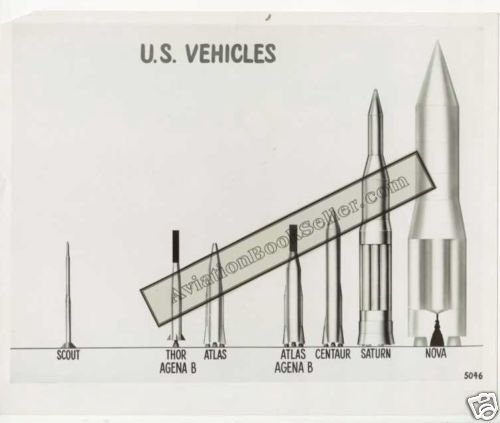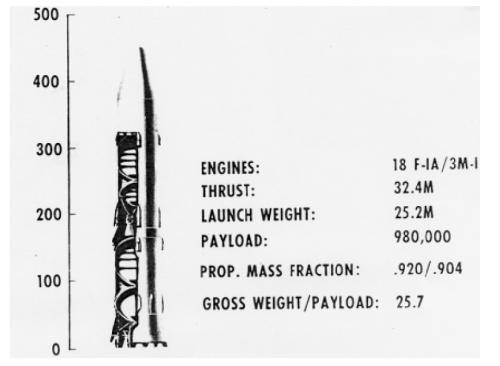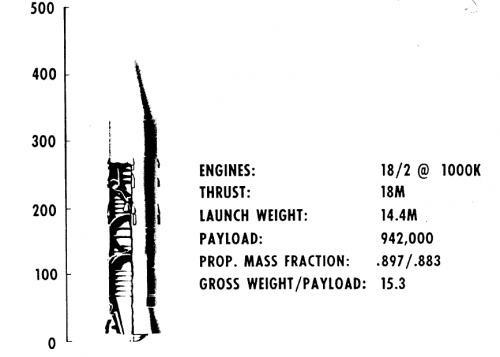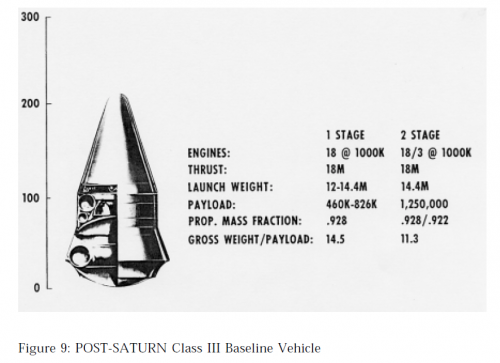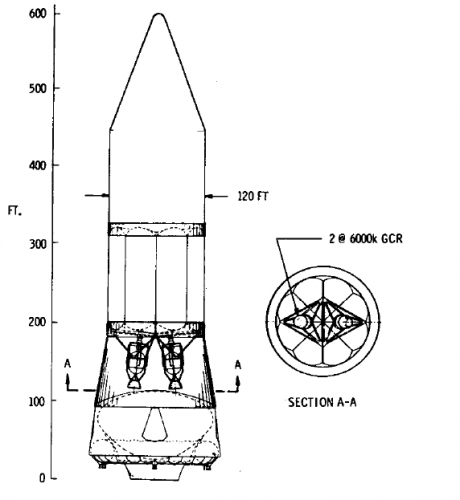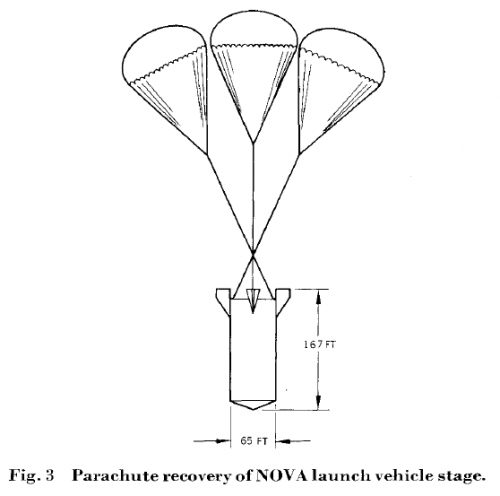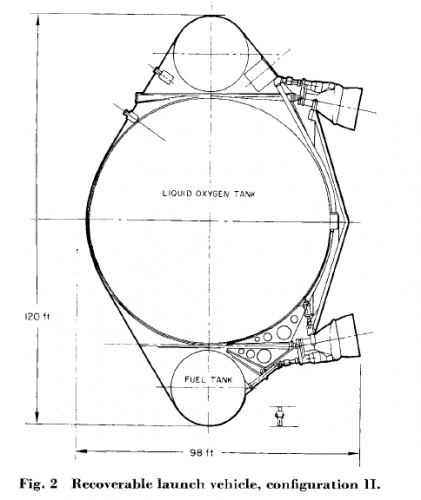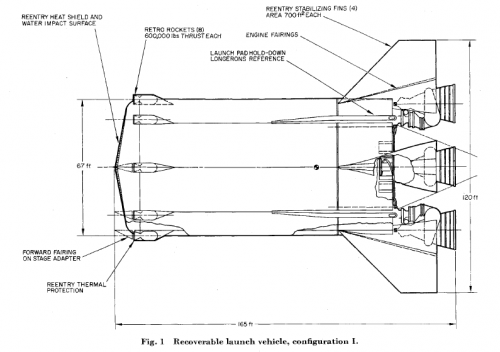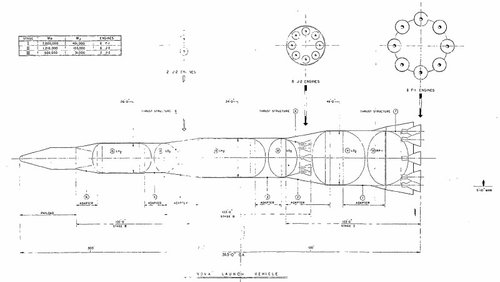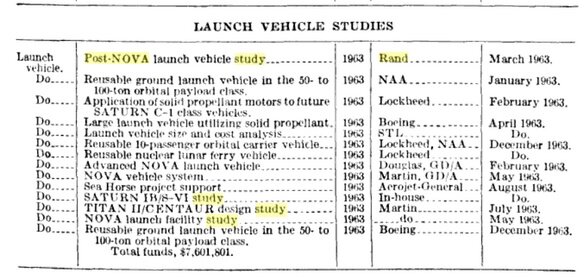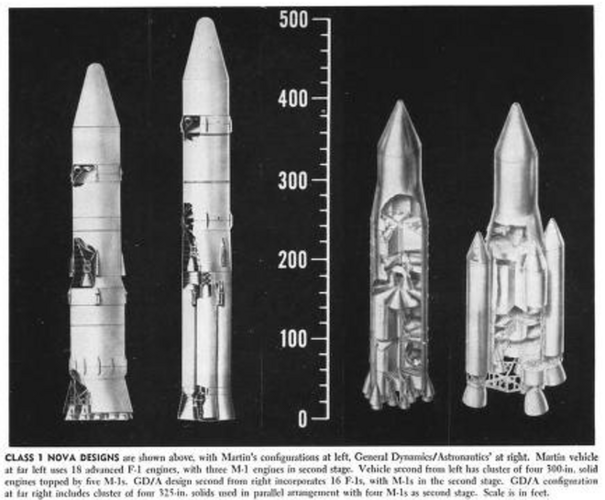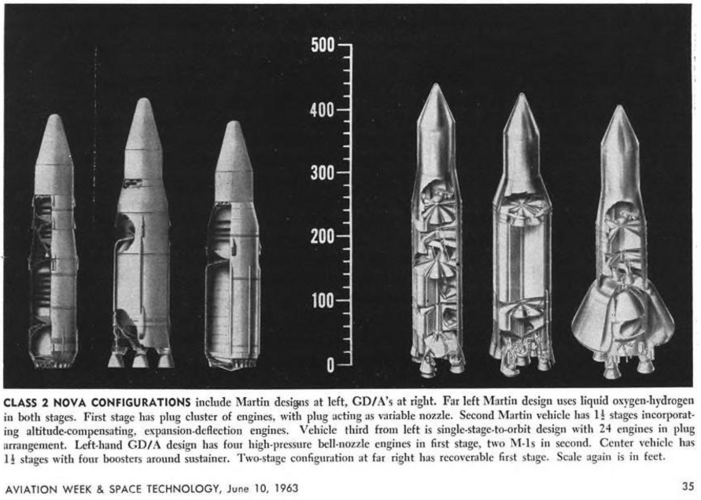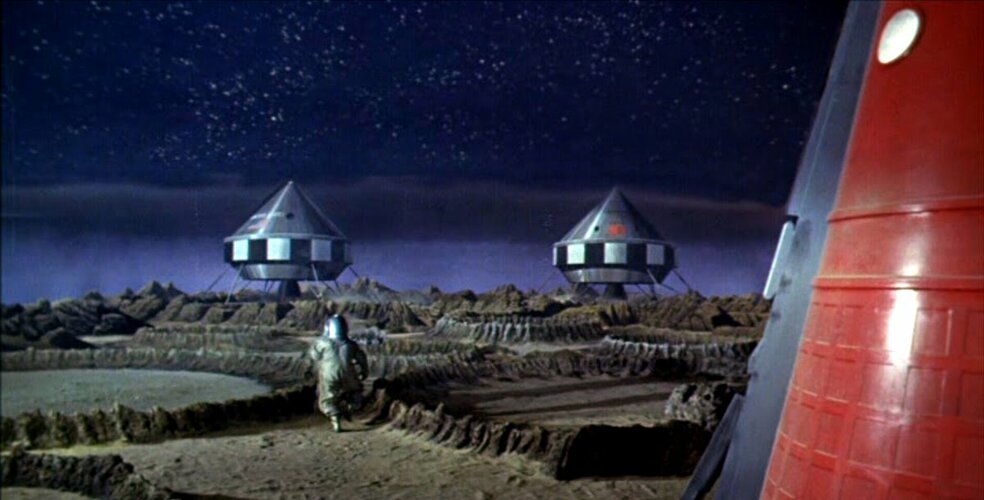The real question is, Why would we need this? If two Saturn launches would produce the same result, why build bigger?
The early Nova design were to land Apollo spacecraft
direct on moon, the Saturn C-8 was last of them (so far i know)
The later Nova design were cargo rocket that bring 1 mio. pound in low earth orbit ( around 453 metric tons)
They wanted solve two problems with this approach
Launch so much liquid Hydrogen at one up, until craft was ready it enough left to feed the Nerva Engine (boil off losses)
Reduce the Launches for Mars ship to minimum
Douglas made one Mars mission study, that only use two Nova launches, the Mars ship and it departure stage.
But at 1964 it became clear there no budget for further Nova studies and no chance they would build them.
From that point Boeing and others look into option to increase the performance of Saturn V into a heavy lift rocket.
in 1968 that effort died as Johnson stop the Saturn-V production
Then they focus on option to use the Space Shuttle as heavy lift rocket.
but in 1973 it became that cheap version with Solids
In 1980s they look into Shuttle-C and ALS and 1990s into Shuttle-Z and NLS
Then 2004 came Aries V what mutated into Senator Launch System what got build
But in mean time a certain Elon Musk start to build reusable rocket in size of Saturn-V
and he thinking to build 4 times bigger version by increasing diameter for 9 meter to 18 meter (or 30ft to 60 ft)
If build it will be a Nova Class rocket, mostly to launch propellant in low orbit or heavy equipment needed for Mars

